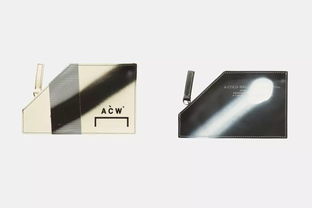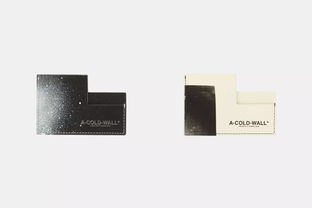Sanding a Wall: A Comprehensive Guide
When it comes to preparing walls for painting or wallpapering, sanding is a crucial step that often goes unnoticed. Sanding not only smooths out rough surfaces but also removes old paint, prepares the wall for new coatings, and ensures a longer-lasting finish. In this detailed guide, we will explore the various aspects of sanding a wall, from the tools and materials needed to the techniques and safety precautions to consider.
Tools and Materials

Before you start sanding your wall, it’s essential to gather all the necessary tools and materials. Here’s a list of what you’ll need:
| Tool/Item | Description |
|---|---|
| Sanding Paper | Available in various grits, from coarse to fine. Coarse paper is used for removing paint and smoothing out rough surfaces, while fine paper is used for finishing touches. |
| Sanding Block | A flat, wooden block that holds the sandpaper in place, providing a stable surface for sanding. |
| Sanding Sponges | Soft, flexible sponges with sandpaper attached, ideal for sanding curved or hard-to-reach areas. |
| Sanding Machine | An electric tool that can speed up the sanding process, especially for larger areas. |
| Safety Glasses | Protect your eyes from dust and debris. |
| Dust Mask | Prevent inhalation of fine dust particles. |
| Old Clothes | Protect your clothing from dust and debris. |
Choosing the Right Sandpaper

The choice of sandpaper grit depends on the condition of your wall and the desired outcome. Here’s a brief overview of the different grits and their uses:
- Coarse Grit (40-60): Ideal for removing paint, smoothing out rough surfaces, and preparing walls for priming.
- Medium Grit (80-120): Suitable for smoothing out walls after the coarse grit and before applying primer or paint.
- Fine Grit (150-180): Used for finishing touches, removing minor imperfections, and achieving a smooth, even surface.
Preparation

Before you start sanding, it’s important to prepare the area. Here are some key steps to follow:
- Clear the Area: Remove all furniture, decorations, and any items that could be damaged by dust or debris.
- Cover Floors and Furniture: Use drop cloths, plastic sheets, or cardboard to protect floors and furniture from dust and debris.
- Wear Protective Gear: Safety glasses, a dust mask, and old clothes are essential to protect yourself from dust and debris.
- Test Paint Adhesion: If you’re sanding to remove old paint, test the paint’s adhesion by scraping it with a putty knife. If the paint peels off easily, it’s time to sand.
The Sanding Process
Now that you’re prepared, it’s time to start sanding. Here’s a step-by-step guide:
- Start with Coarse Grit: Use a sanding block or machine to sand the wall with coarse grit sandpaper. Focus on areas with paint, rough surfaces, or imperfections.
- Smooth Out the Surface: Once the coarse grit has removed the paint and smoothed out the rough surfaces, switch to a medium grit sandpaper. Sand the entire wall to create a smooth, even surface.
- Finish with Fine Grit: For a truly smooth finish, switch to fine grit sandpaper. Sand the wall once more, focusing on any remaining imperfections or rough spots.
- Check for Smoothness:
